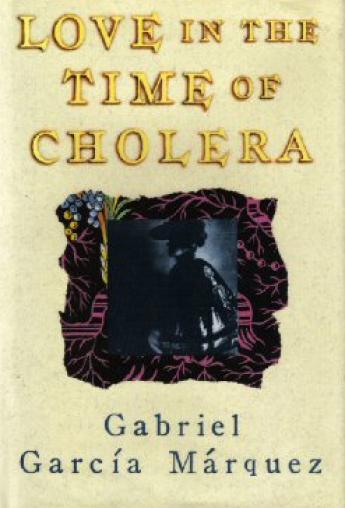Antiquarian Booksellers' Association of America Books Tell You Why, Inc.
Collecting Rare Books and First Editions - The Magic of Gabriel García Márquez

By Andrea Koczela
Born March 6, 1927, Gabriel García Márquez is one of the 20th century’s leading authors. The earliest living recipient of the Nobel Prize in Literature, García Márquez is best known for his novels, One Hundred Years of Solitude (1967), Autumn of the Patriarch (1975), and Love in the Time of Cholera (1985). Carlos Fuentes called García Márquez, “the most popular and perhaps the best writer in Spanish since Cervantes.”
García Márquez spent the first eight years of his life under the guardianship of his maternal grandparents. It was their stories that fueled his imagination and influenced his work later in life. His grandmother, a talented storyteller, regaled young García Márquez with folktales featuring ghosts and the supernatural. He based his novel, Of Love and Other Demons, on one of her stories.
After the death of his grandfather, García Márquez briefly returned to his parents’ care before entering boarding school. A good student, García Márquez’s family insisted he pursue a law degree. He acquiesced but wrote short stories and articles on the side. After years of study, García Márquez left college to become a full time journalist; he never completed his degree. He began work as a reporter for El Espectadoras where he wrote against government corruption. While there, he penned an expose about the Columbian Navy’s scandalous involvement in a shipwreck. The newspaper, fearing violent repercussions from the story, sent García Márquez to Rome in 1954 as a foreign correspondent.
Since then, García Márquez has lived almost continually abroad in alternating states of voluntary and compulsory exile. After the Columbian government threatened to arrest García Márquez in 1981, Mexico granted him asylum and France awarded him the Legion of Honor. The following year, García Márquez won the Nobel Prize in Literature.
García Márquez is the master of magical realism, a technique in which writers incorporate the supernatural into the mundane. He also uses atypical plot structures, intending readers to engage actively with his work. Major events often occur “off stage.” His stories defy traditional depictions of reality, instead “the most frightful, the most unusual things are told with the deadpan expression.” For example, in One Hundred Years of Solitude, a woman ascends into heaven when she is doing laundry. Solitude is a major theme throughout García Márquez’s writing; he says, “I think it’s a problem everybody has. Everyone has his own way and means of expressing it. The feeling pervades the work of so many writers, although some of them may express it unconsciously.”
In 2001, García Márquez released the first volume of his memoirs, Living to Tell the Tale. The chronicle of his life through 1955, it became the bestselling book of all time in the Spanish-speaking world. He is currently at work on the second volume, focusing on his career and the writing of One Hundred Years of Solitude.
(Posted on Books Tell You Why, presented here by permission of the author.)
Are you collecting first and fine editions of the works by Gabriel García Márquez?

